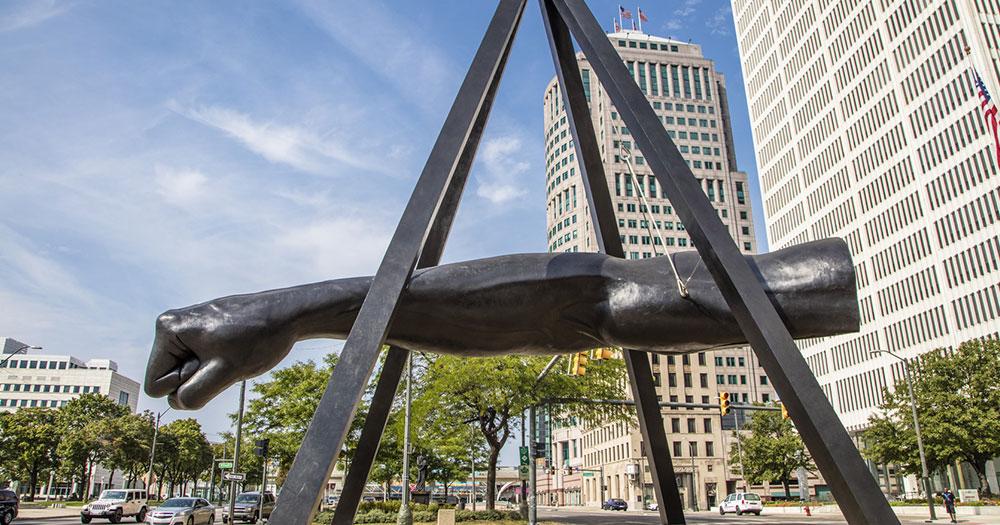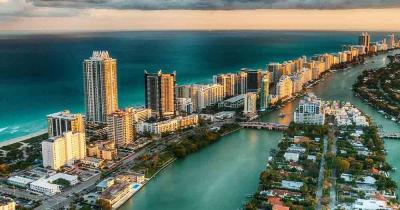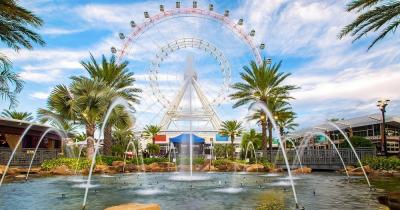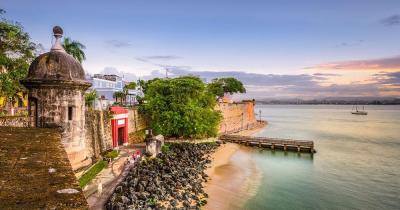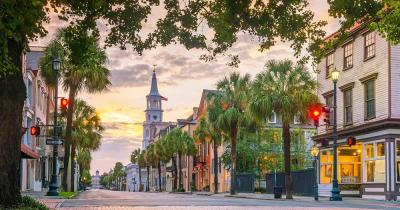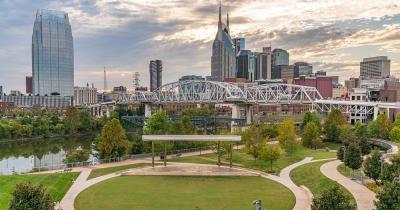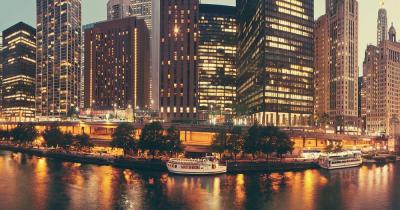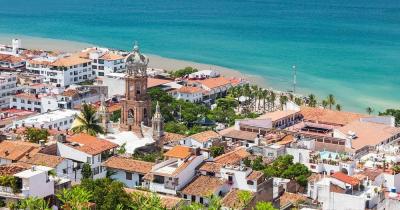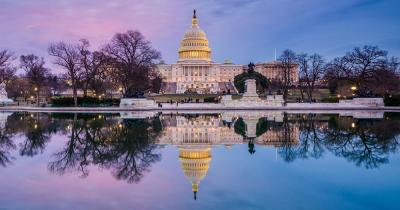Detroit
Metropolis of contrasts
Categories: Detroit Michigan USA Eriesee
Probably no other city in the USA symbolises the era of industrialisation and the inseparable dream of wealth for all as much as Detroit. This is where Henry Ford produced his legendary Ford Model T at the beginning of the 20th century, this is where the automation of the American car industry in the form of assembly line production originated as well as its natural counterpart; the industrial unions with their fight for the 8-hour day and fair wages. Detroit tells a story of innovation and decline, of failure and rising again: urban creativity meets industrial dreariness, seemingly unstoppable decay meets the sparkling will to survive of the inhabitants. A journey of discovery through a city of contrasts.
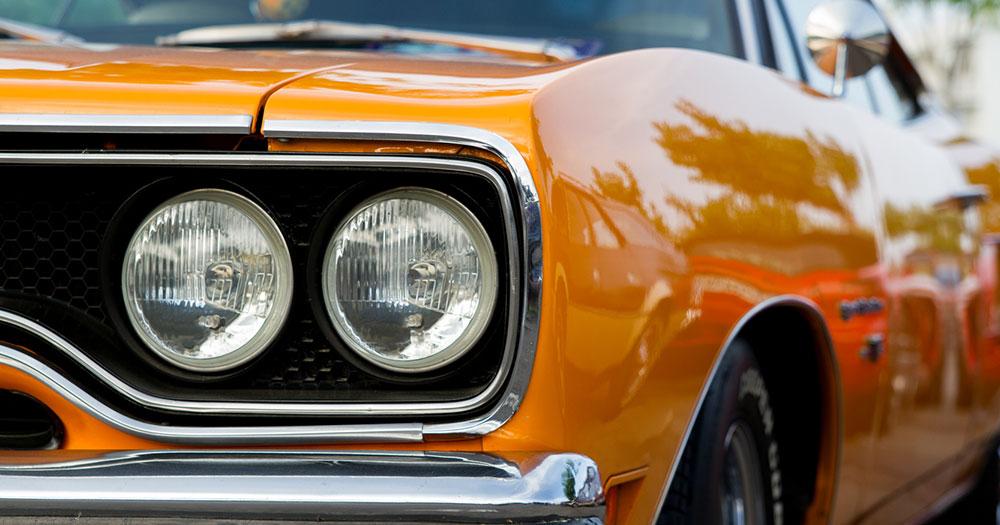 © zwoelfeins / Fotolia
© zwoelfeins / Fotolia
Rediscovered Detroit: a special kind of revival
Only a few years ago, no one in the once flourishing metropolis on the Detroit River near the Canadian border thought that the city with its numerous empty buildings would pulsate with life again in a relatively short time, or even take on a pioneering role for social and cultural innovation with a high level of participation by the inhabitants. Detroit residents and visitors alike are now equally taken with the charm of contrasts, the newly blossoming, bustling activity in the once deserted neighborhoods. It is thanks to the commitment of many individual citizens and the confidence of some financially strong investors that Detroit has become a tourist attraction for art and culture enthusiasts, urban explorers and lovers of alternative urban planning projects, despite - or perhaps because of - all its contradictions.
A train station as a cultural monument
There is a lot to see: there is for example the impressive former main station of Detroit, the Central Michigan Station, built between 1910 and 1930 in neoclassical style and at that time the highest station building in the world. A good three kilometres from the city centre, built more or less on a greenfield site, the station was to contribute to the development of the surrounding districts. But it never got that far: the building still stands somewhat lost between the extensive Roosevelt Park and the Ambassador Bridge. Closed in 1988, it has since been a magnet for sprayers, explorers and those interested in architecture - and sometimes also a film set. A planned demolition could be prevented thanks to the initiative of a local resident: he summarily sued the city of Detroit and succeeded in having the building listed as a historical monument.
Street art and contemporary art: new mergers are emerging
Nowhere else do street art and alternative art forms receive as much attention as in Detroit: the ever-present decay has, as a positive side-effect, provided artists and creative people with an infinite number of spaces that can be played in. The commitment of the art scene is gratefully accepted by the residents and is often also an impulse to discover one's own creativity. In addition to the newly blossoming quarters around the city centre, such as Corktown and Midtown, there are somewhat different efforts to revitalise the still sparsely populated surrounding areas.
Artists and small businesses alike are now settling here, and the joint project can be described as an experimental laboratory of urban revitalization. Among other things, a "culture of ideas" is emerging here, recognizable by newly created structures such as the "Culture Lab Detroit". Together with established institutions such as the Museum of Contemporary Art Detroit (MOCAD) and the Detroit Institute of Arts (DIA), the Lab organizes annual conferences that discuss the role of art, design, architecture and urbanism in shaping the future of the city.
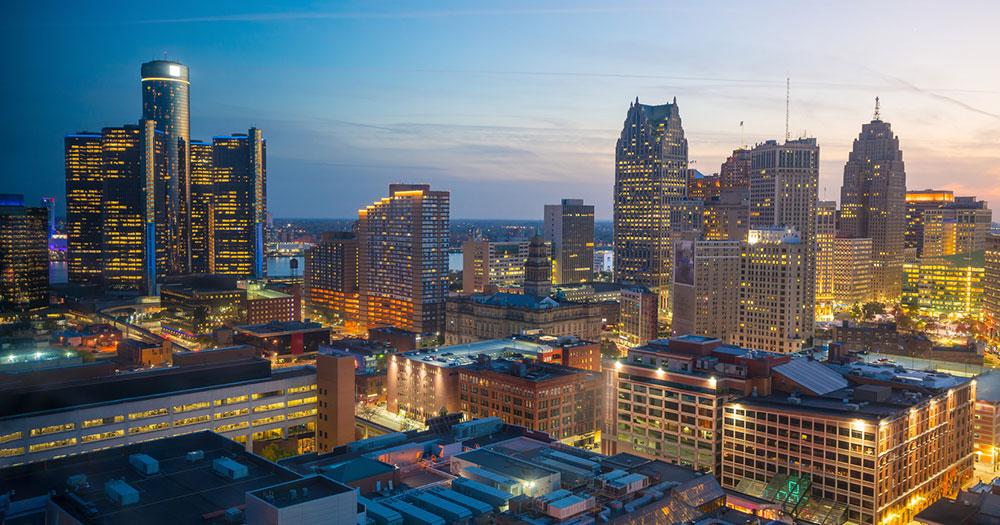 © f11photo / Fotolia
© f11photo / Fotolia
Detroit as a travel destination
Detroit is a destination for people who can engage in contradictions, have an interest in ephemeral structures and unusual places, and can summon up a good deal of curiosity for the creative will, flexibility and spirit of resistance of the inhabitants of the Motor City. And let's not forget: for travel in the winter months, a certain inclination to meter-high snow masses, icy temperatures and deep white landscapes is certainly no disadvantage. Not a place for package tourists, but definitely a place for creative, open-minded and adventurous people.
